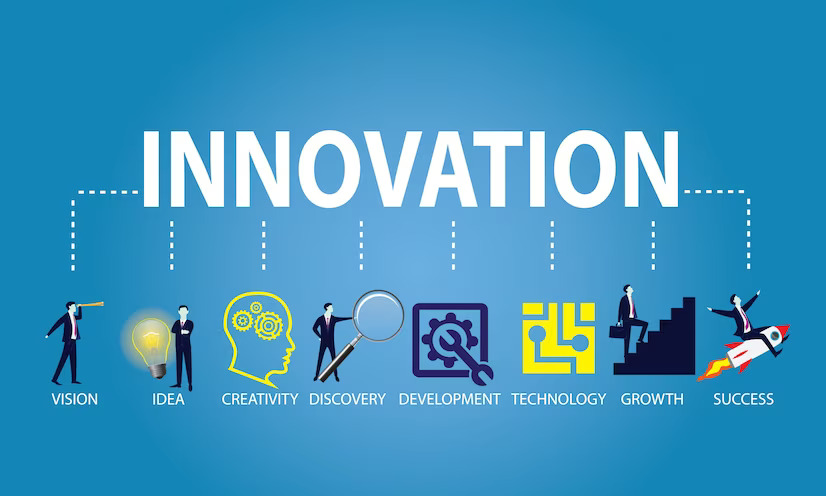STEAM EDUCATION
What is STEAM approach ?
STEAM education is an interdisciplinary approach to learning that integrates elements of Science, Technology,
Engineering, Arts, and Mathematics into a cohesive curriculum.
Here's a breakdown of what each component represents in STEAM:
-
Science (S):This involves the study of the natural world, including subjects like biology, chemistry, physics,
and environmental science. In STEAM education, students engage in scientific inquiry and experimentation.
-
Technology (T):
Technology encompasses the use of tools, machines, and digital resources to solve problems and accomplish tasks.
Students learn not only how to use technology but also how to create and innovate with it.
-
Engineering (E):
Engineering focuses on designing, building, and improving systems, structures, and processes. In STEAM,
students apply engineering principles to solve real-world problems and construct projects.
-
Arts (A):
The arts component incorporates creative and artistic expression through various mediums,
including visual arts, music, theater, and more. It encourages students to think creatively and apply artistic elements to their work.
-
Mathematics (M):
Mathematics provides the foundational framework for many STEAM disciplines. It involves quantitative reasoning, problem-solving,
and mathematical modeling to analyze data and patterns.





